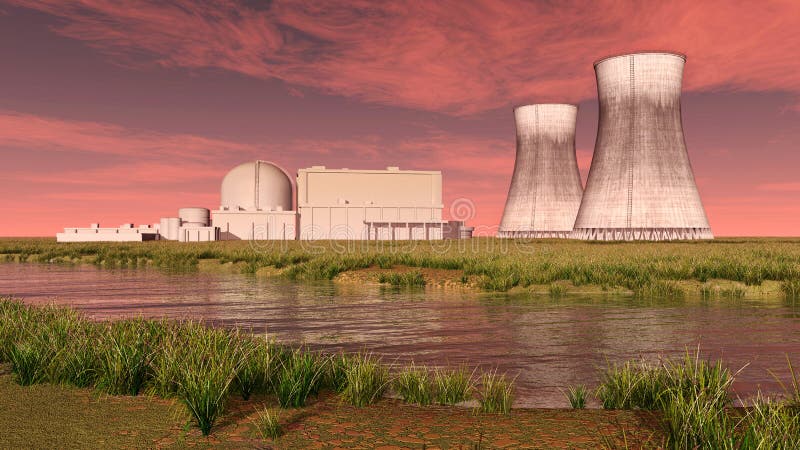

Because the reactor was shutting down, the operators turned off the coolant pump, causing emergency cooling water to be automatically pumped into the reactor vessel. The control panel, however, indicated that the valve had closed so the operators did not realize the plant was undergoing a loss-of-coolant accident, which caused the zirconium alloy fuel element cladding to react with overheated steam, generating hydrogen gas inside the reactor vessel.

The PORV was designed to close automatically when the pressure dropped to a proper level, but it did not close, allowing all vapor to escape. As temperature and pressure increased in the primary cooling system, the “pilot-operated relief valve” (PORV) opened to release the excess pressure. The incident began Mawith a failure in the feedwater pump of the secondary cooling system of the reactor, preventing cold water from reaching the steam generators, which prompted an automatic reactor shutdown.
#Nuclear power plant meltdown loss of coolant series
The Three Mile Island (TMI) nuclear power plant accident began with a mechanical failure and a series of human operator errors at its Unit 1 Pressurized Water Reactor.

Three Mile Island: mechanical failure, operator error and management deficiencies. Only then can the public be convinced that the industry has learned from past errors and created the safety culture required for sustainable nuclear power. We outline the management, regulatory, and design factors that contributed to these catastrophic events with the hope that a better understanding of underlying causes will help the nuclear industry avoid future accidents and governments ensure independence of the regulatory authority. Each involved mechanical failure and/or human error, but there were deeper, more fundamental and more troubling causes. Yet three major accidents in different parts of the world-at Three Mile Island in the United States in 1979 at Chernobyl in what was, in 1986, the Ukraine Republic of the Soviet Union and at Fukushima, Japan in 2011-continue to create public doubt about the safety of nuclear power. Nuclear power has been one of the cleanest and most efficient ways to produce electricity.


 0 kommentar(er)
0 kommentar(er)
